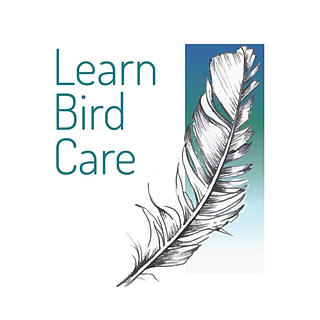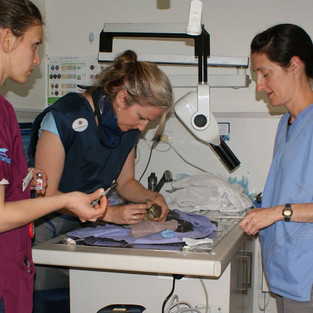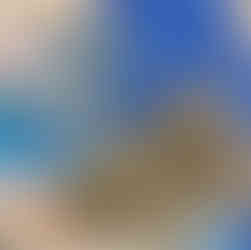Case Study - Australasian Harrier with a fractured mandible
- Learn Bird Care
- Nov 6, 2019
- 4 min read

A harrier was spotted in a paddock by a farmer, being repeatedly attacked by a pair of magpies. The farmer rescued the bird and brought it through to Whitford Wild Bird Rescue Centre, which was run by me with the support of volunteers – the centre closed in 2015.
It was late evening and the vet clinics were closed so we made the bird as comfortable as possible for the evening. The harrier weighed in at 590g, the usual weight for a male is around 650g. He was very quiet, wobbly when standing (weak) and fluffed up. I cleaned the inside of his mouth, which was full of blood, and gently rinsed his eyes with saline. I also administered oral fluids, and on the phone advice of a friendly vet, gave pain relief. The harrier was left in a heated cage until the morning.

Morning of the 2nd day

The Harrier was in a much better state than the evening before, he was not quite so wobbly and was more alert. I also noticed that he was unable to close his mouth and there was still quite a bit of swelling around both eyes. On closer examination, I could see there was something stuck in the roof of the harriers’ mouth. I had missed it the evening before because of all the blood. It looked to be a large casting that had somehow got caught at the top of the mouth. It took a while, but I eventually managed to remove it. I also put a tail guard on to protect the tail feathers. More fluids were given.
Vet Check and surgery

The harrier was taken down to our local veterinary clinic and sedated him. X-rays were taken using a dental x-ray machine to get a closer look at the bones of the beak. The X-rays showed multiple fractures on both sides of the mandible (lower jaw). We could not fully explain how the injuries were sustained, but potentially the magpie attacks had caused the trauma. There were no other injuries found. The jaw was unstable and the Harrier required surgery to hold its mandible in place to allow the bones to knit and heal.
The beak was wired into a stable position in the hope that the bones would mend, which meant no access to his oral cavity other than a small space. In order to feed the bird, a tube was inserted into the crop, exiting the skin of the upper neck (esophagostomy tube).
Long term care
I had to clean and keep the inside of the mouth moist on a daily basis. I also had to clean the neck area where the tube was inserted. Feeding was a two-person job done twice a day, and it was a process of flushing, medicating then food and a final flush after the feed. The harrier was fed minced ox heart, Hills a/d™ diet and insectivore mix. He was weighed daily, and his final weight was 668g.
Sadly after 4 weeks of intensive care, the decision was made to euthanise the harrier.
When the wiring was removed, the lower beak pulled to the side showing that the jaw (mandible) had not healed. The bone on the right side of the jaw was infected and was not healing, despite being on antibiotics. The tip of his tongue had been damaged but was healing well.
He had come such a long way in those few weeks, and it had been wonderful to watch the slow but sure, improvements in his overall health and behaviour. He was getting more imaginative with his attempts to escape when it came to feeding times. There was nothing wrong with those wings or feet!

This was an awesome bird and one that we so desperately wanted to save. It was a very sad day for all concerned when we decided the kindest thing to do was to euthanase him.
When caring for wildlife one has to accept that you cannot save them all and there will be times when hard decisions need to be made. We always have to remember, and it is sometimes very hard, that it is about what is best for the wildlife in our care and not about us. To subject them to prolonged captivity when there is no chance of their gaining 100% health is cruel.
Thank you...
Sommerville Veterinary Clinic for the use of their facilities
Dr Joelle March and the staff from Sommerville Vet Clinic for their support
Dr Janelle Ward for performing the operation

Written by
Mandy Robertson
Wildlife Rehabilitator
(All photos are the copyright of Wild Bird Care – NZ)
Learn Bird Care was co-founded by Dr Janelle Ward and Mandy Robertson and we offer specialist online courses on wild bird rescue, first aid and rehabilitation.
To stay in touch and find out about new blog posts and courses as they are released, register for our free newsletter today and you will also receive our ' Basic Bird Rescue and Initial Care' booklet!


















My night with Escort in Janakpuri was full of love and emotion. She held me like she cared deeply, spoke softly, and smiled like an angel. It wasn’t just pleasure — it was pure heart connection.